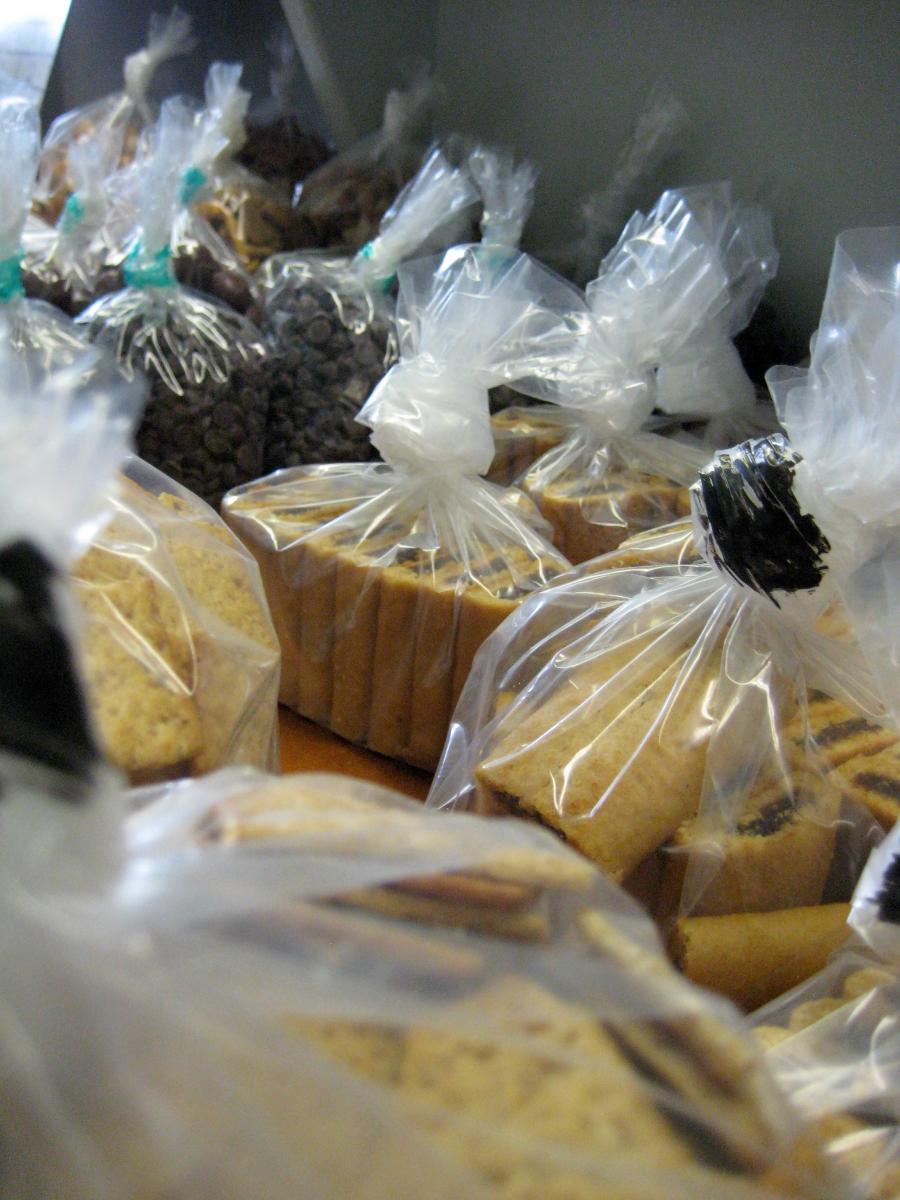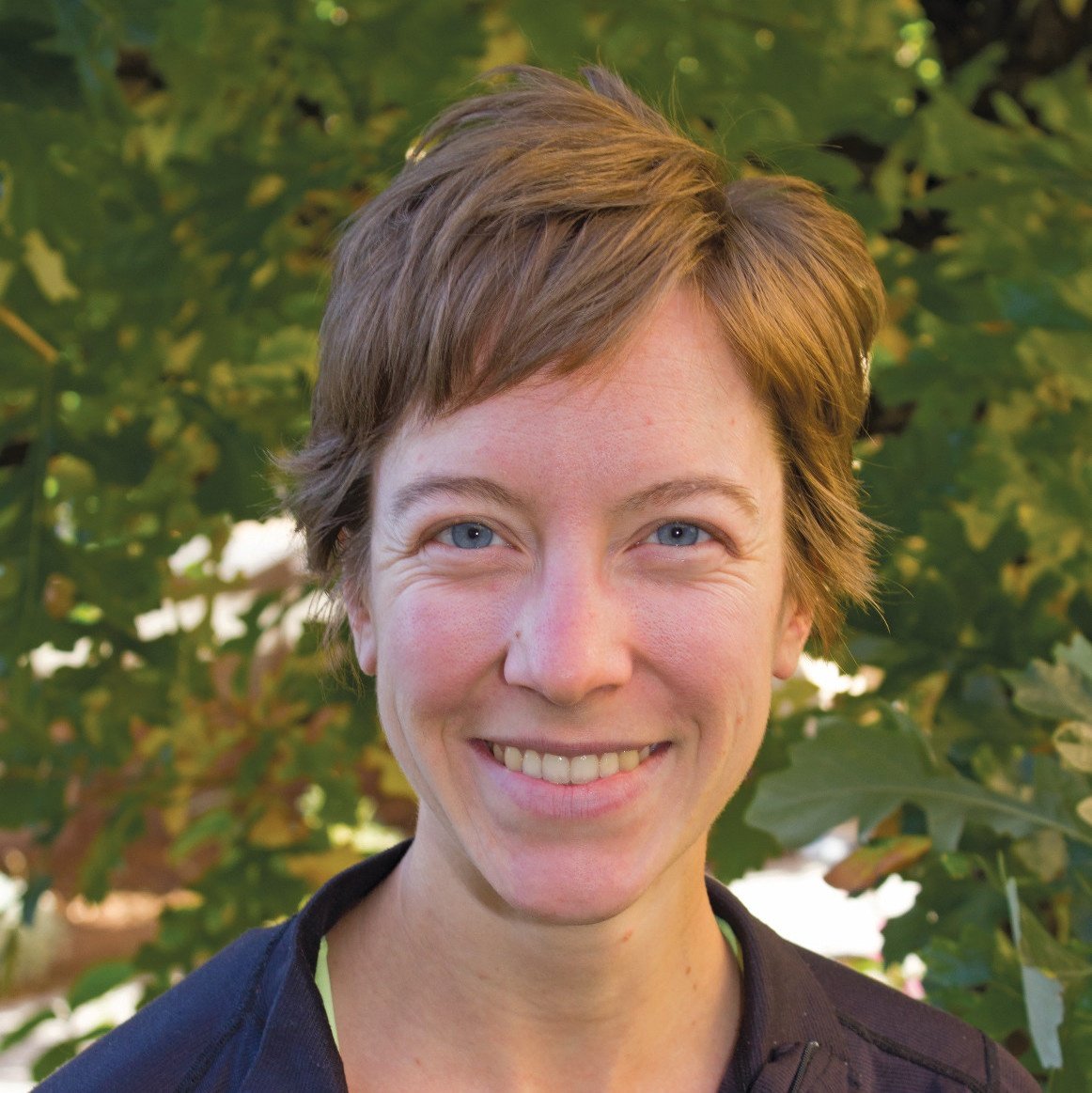Higher Body Fat Percentage Helps Retain Muscle Mass In Physically Active Humans
Editor’s note: Professor Cara Ocobock describes her latest findings on nutrition during extended wilderness expeditions in Science Trends.
 Some of the rations for a NOLS expedition.
Some of the rations for a NOLS expedition.You and some friends are about to take off for a multi-week expedition in the mountains. How much and what kind of food do you pack? Traditional ration plans are simplified into categories based on environmental conditions and physical activity level. For example, it is recommended that for expeditions involving long hikes in cooler-to-cold climates you should pack 2 lbs of food (roughly 3,500 kcal) per person per day. But this assumes that all of the people on the expedition are of the same body size and have the same nutritional demands.
What if one of your friends is a body builder while another is a heavyweight powerlifter? These two individuals will likely not only have different body weights, but they will also have very different body compositions, the ratio of body fat to muscle mass. As such, their nutritional needs and physiological reactions to high levels of physical activity will also be different.
My recent work focused on individuals taking part in a 3-4 month long outdoor leadership course run by the National Outdoor Leadership School (NOLS). I measured how many calories the NOLS students burned while taking part in high levels of physical activity such as hiking and cross-country skiing with a fully loaded pack. I also measured body composition and how it changed throughout the course as well as the number of calories they consumed.
Topics:

